Why Using The Crank Bar In Slab Column RCC Beam
Why Using The Crank Bar In Slab |Why Using The Crank Bar In Column | RCC Beam
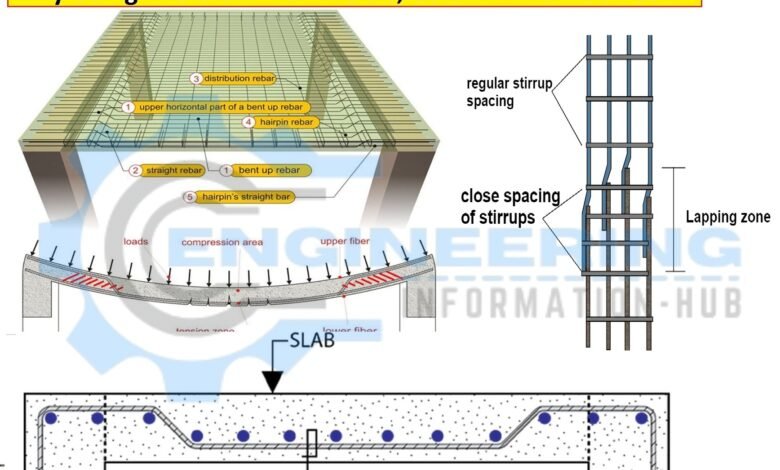
Why Using The Crank Bar In Slab, Column, And RCC Beam
Today I have the topic of Why Using The Crank Bar In Slab | Why Using The Crank Bar In Column | Why Using The Crank bar In RCC Beam | Why Using The Crank Bar In Slab, Column, And RCC Beam.
Why are Crank/bent Bars Used in the Slab?

Crank/Bent bars are used in the slab on top of the reinforcements to resist negative (Hogging) moment at the supports of the slab, Resist the shear force at the supports, increase the strength of the RCC slab and reduce the risk of a brittle failure of the slab and column connection.
Learn more
Bar Bending Schedule For Combined Footing With Four Column
Why are Crank/bent up bars Used in Columns?

Crank/bent up bar bars use in beams to resist the shear force. And the sheer force can also be resisted by vertical ties. Crank /bent up bar used in the column when the shear force is too high and the spacing of vertical ties is very close.
Why are Crank/bent up bars Used in RCC Beams?
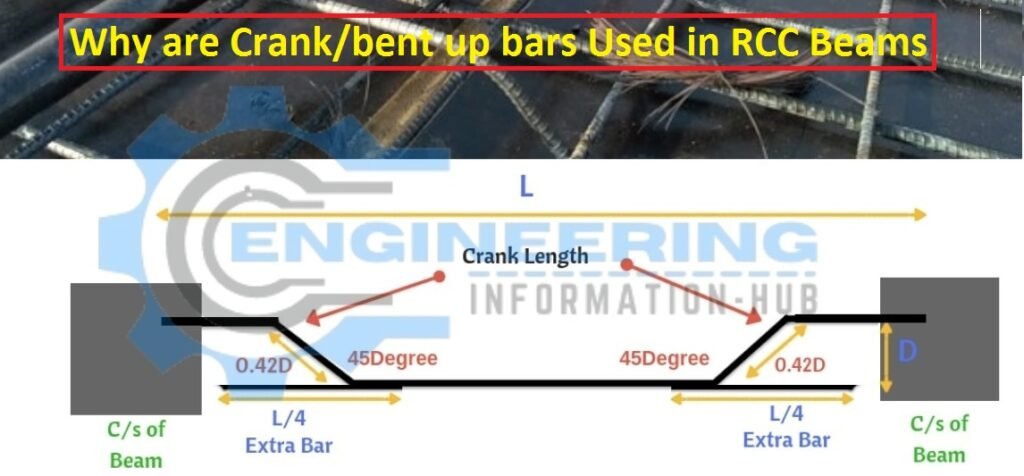
Bottom bars are provided to resist the positive moments (sagging) in reinforcement concrete. The bar with the negative bending moments (Hogging) and shear stress and top bar crank/bent up bar is provided near the supports.
The basic purpose provided to the crank/bend up bar is to make the rebar available on both top and bottom, and crank/bent up bar tin beam to resist the shear force. The reinforcements are required when the negative and positive bending moments are created. The crank/bent up bar will be proved the positive bending moments on the mid of the slab and negative bending moments on the end supports,
Another post
How To Find The Derivation Of 0.42d Bent Up Bar
Load Calculation For Column Beam And Slab Design Calculation


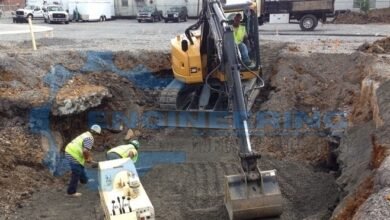
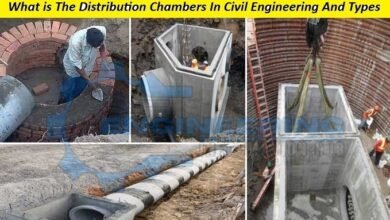

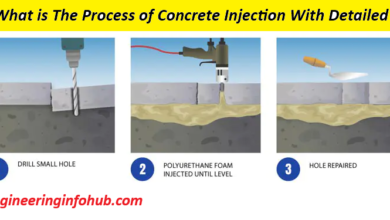
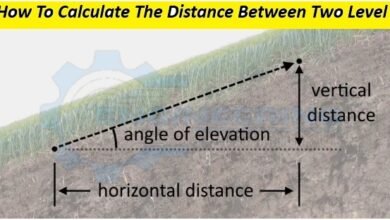
Thanks for sharing your thoughts about daftar bp77.
Regards